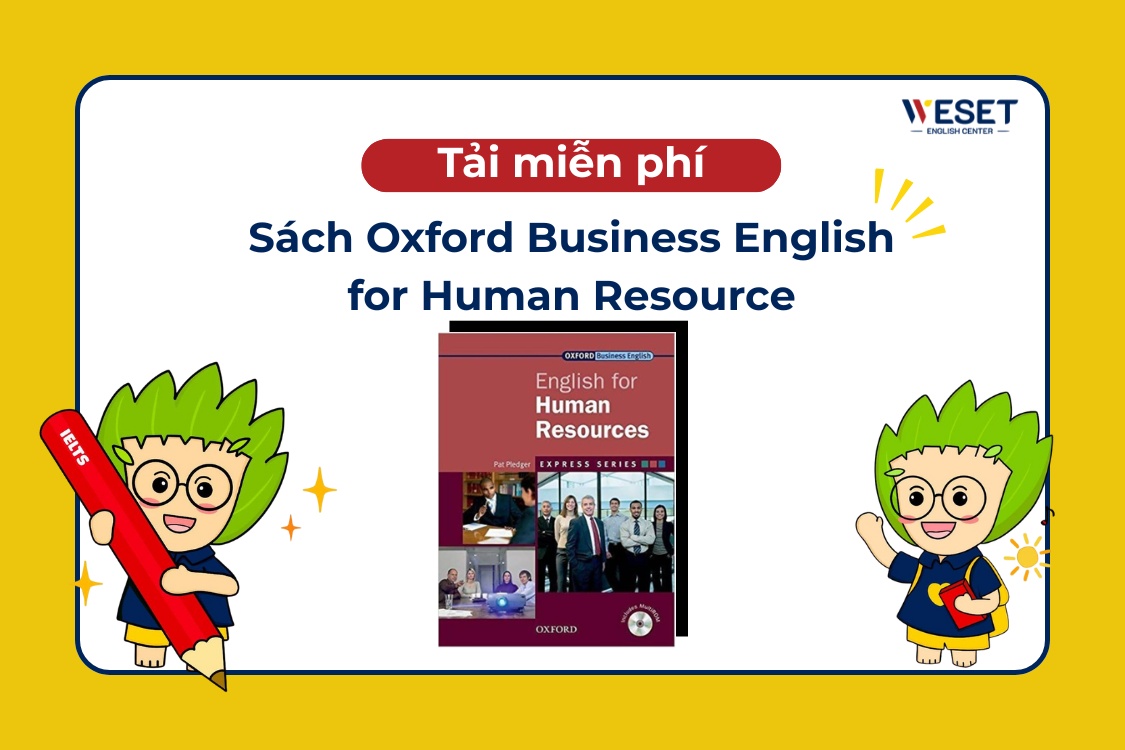Trang chủ Blog Bài thi IELTS mẫu Bài mẫu IELTS Sample Speaking IELTS Speaking Sample Part 2-3: A Toy in Childhood
IELTS Speaking Sample Part 2-3: A Toy in Childhood
- Admin
- Bài mẫu IELTS Sample Speaking, Bài thi IELTS mẫu
Speaking IELTS luôn là nỗi lo lắng của hầu hết các thí sinh. Mặc dù các bạn đã chuẩn bị rất kỹ, nhưng khi bắt đầu phần Speaking thì lại lúng túng không biết diễn đạt như thế nào. Thật ra, ngoài mặt kiến thức, các thí sinh cần phải chuẩn bị về mặt tâm lý, tinh thần thoải mái, bình tĩnh thì mới có thể chinh phục được giám khảo. Hôm nay sẽ là một chủ đề khá thú vị: “A toy in your childhood”. Cùng xem qua những gợi ý cho bài tham khảo dưới đây.
IELTS SPEAKING PART 2
“Describe a toy you liked in your childhood”
You should say:
- What it was
- Who gave it to you
- What it looked like
- Explain why you liked that toy as a child
What it was
As a shy kid, I used to enjoy spending my childhood indoors by myself whenever my parents had to go to work. For this reason, my parents gave me an abundance of stuffed animals to entertain myself with. Among those stuffed toys, the one I adored the most was a teddy bear named Berry.
Who gave it to you
If my memory serves me well, the teddy bear was gifted to me on Christmas Eve when I was 4 years old. On that joyous night, my parents woke me up at midnight and announced to me that “Santa Claus” had visited and left a present somewhere in the house, and that I needed to find it by myself as a fun treasure hunting game. After searching for a while, I finally found my Christmas gift in the closet. Sitting among clothes and towels, a lovely teddy bear was waiting for me to pick him up and play with him.
What it looked like
Berry the teddy bear is the most adorable toy that I’ve ever had. His round body was covered in short bubblegum pink fur, save for his ears, paws, belly, and snout. He had a pair of large black beady eyes and a cute bright red nose. Although he did not have a mouth, I always felt an indescribable joy whenever I gazed at his innocent face. On his neck, there was a silky green bowtie decorated with white polka dots. His limbs were chubby and outstretched, making him a perfect pillow to snuggle up with at night. There was also a subtle zipper on his back, and he was stuffed with small colourful pieces of fabric along with soft cotton balls.
Explain why you liked that toy
Aside from being immediately captivated by the bear’s sweet design, I find Berry the teddy bear immensely endearing to me for sentimental reasons. First of all, I believe that this teddy bear is one of a kind, because of how well-crafted he looked compared to other mass-produced toys. Second, whenever I held Berry, I always recall my parents’ love and care. Berry was one of the most delightful memories I had as a child. I considered him my closest friend and always carried him wherever I went. Now, to prevent him from being damaged, I keep him neat and safe on the shelf in my bedroom. Berry will always remain my precious childhood toy.
NEW WORDS AND PHRASES:
- An abundance of sth (n): rất nhiều, dồi dào
- If my memory serves me well (phrase): nếu trí nhớ tôi tốt
- Indescribable (adj): không thể diễn tả
- Captivated by sth (v): bị thu hút bởi thứ gì đó
- Immensely (adv): vô cùng
- One of a kind (phrase): có một không hai
- Mass-produced (adj): sản xuất hàng loạt
IELTS SPEAKING PART 3
- Why do some parents buy a lot of toys for their children?
I reckon that it is because some parents nowadays are too busy to spend time with their children, so they feel a sense of guilt and feel compelled to buy many toys to comfort their kids. Another reason is that some parents are materialistic and think that providing their children with toys is proof of them being good parents. Another factor that’s worth considering is the constant, rapid amount of toy brands advertising all over media, pushing kids and parents to consume their products.
- Is there peer pressure among children to have the same toys or clothes as their friends?
This is an interesting question. In my opinion, peer pressure does exist and plays a huge role in influencing how people purchase products, and young children are no doubt vulnerable to it. Most children, at the age of getting used to socializing, tend to want to be liked or admired by peers. Some are even consumed by the fear of being teased and bullied for not fitting in. However, there might be kids who go along with the trend out of curiosity. When faced with this tough situation, parents might need to be understanding and open to communication to help their children deal with peer pressure.
- What is the difference between toys kids play with now and those they played with in the past?
In the past, toys were often handcrafted and made of natural materials, decorated with simple designs. Some instances of traditional Vietnamese toys I can think of are paper lanterns, wooden dolls, etc. They were also relatively more affordable than toys nowadays. The toys that kids tend to fancy in the modern era are typically made from plastic and are battery-operated, colourful, and trendy. They are designed to catch children’s attention by having them make noises or emit flashing lights. Regarding quality, despite modern toys being expensive, they are more likely to break and easily become replaceable since they are mass-produced.
- What are the benefits of playing with toys?
Well, besides providing a positive, fun time, toys can keep a child occupied and happy, which, in the long run, can help children grow up with constructive and healthy attitudes. Toys can also bring valuable benefits if played appropriately. For example, educational toys such as medical or kitchen playsets can help children simulate jobs, social situations, or family settings…and obtain some useful knowledge, as well as creativity, and skills such as problem solving and analytical thinking.
NEW WORDS AND PHRASES:
- (I) reckon (that)…: (Tôi) cho rằng…
- A sense of guilt (n): cảm giác tội lỗi
- (Feel) compelled to do sth (v): cảm thấy phải làm gì đó
- Materialistic (adj): thiên về vật chất
- (Be) vulnerable to (adj): dễ bị tổn thương
- Fit in (v): hòa nhập
- Handcrafted (adj): làm bằng tay
- Battery-operated: chạy bằng pin
- In the long run (phrase): về lâu dài
Để nắm rõ về kỹ thuật và phương pháp giải quyết các dạng đề Speaking, các bạn có thể tham khảo khóa luyện chuyên sâu Speaking & Writing của WESET tại đây >> https://weset.edu.vn/dang-ky-nhan-tin/
Tham khảo các bài viết liên quan:






